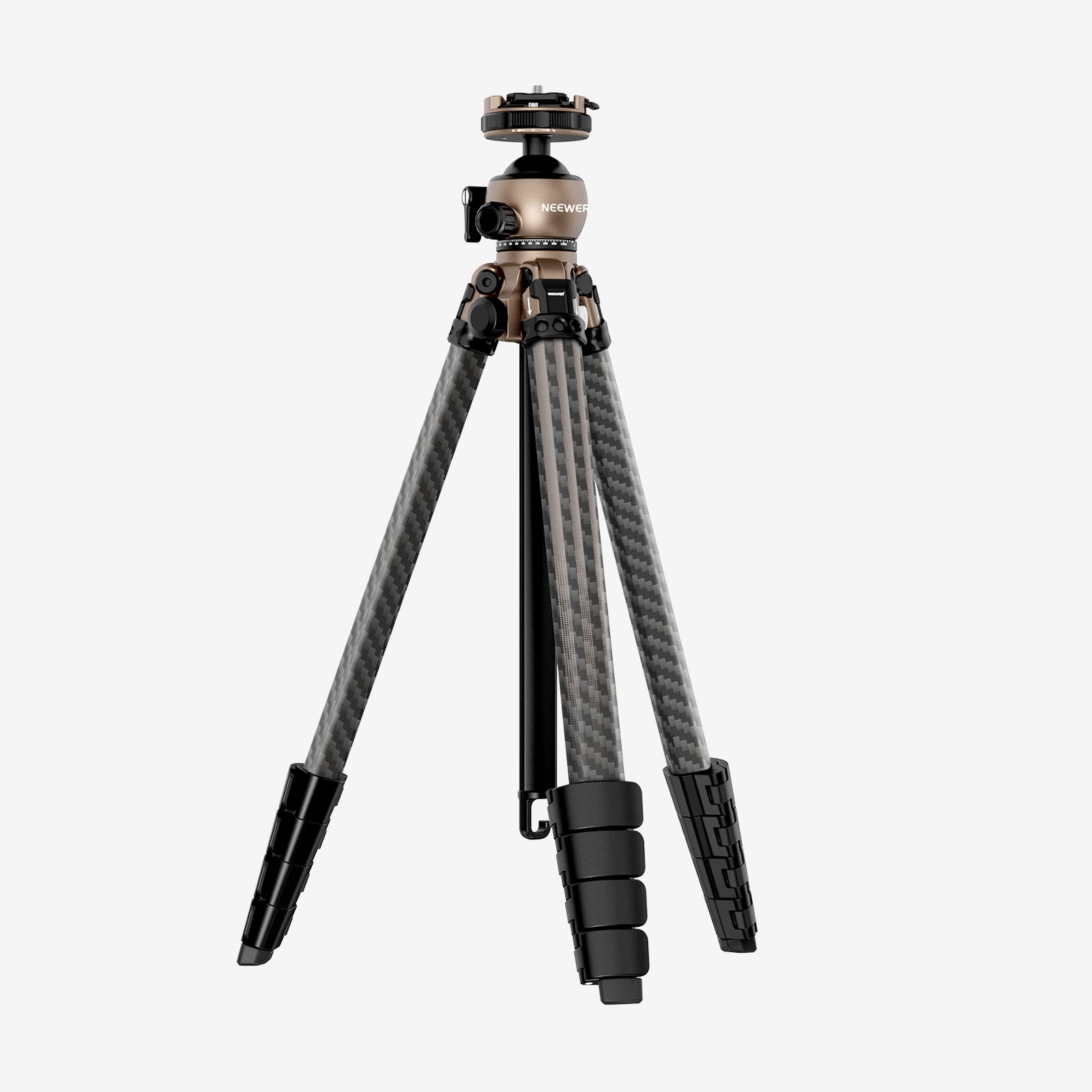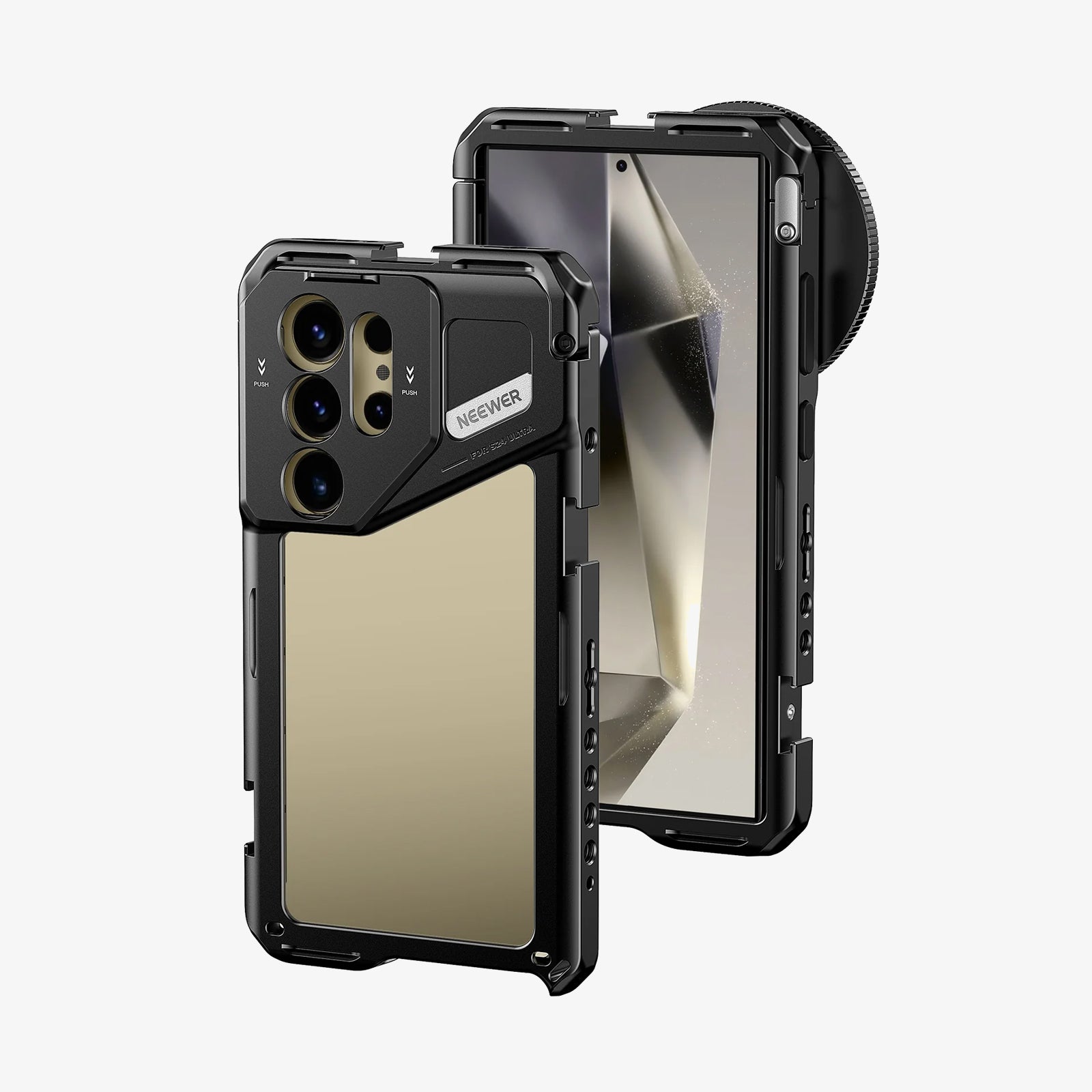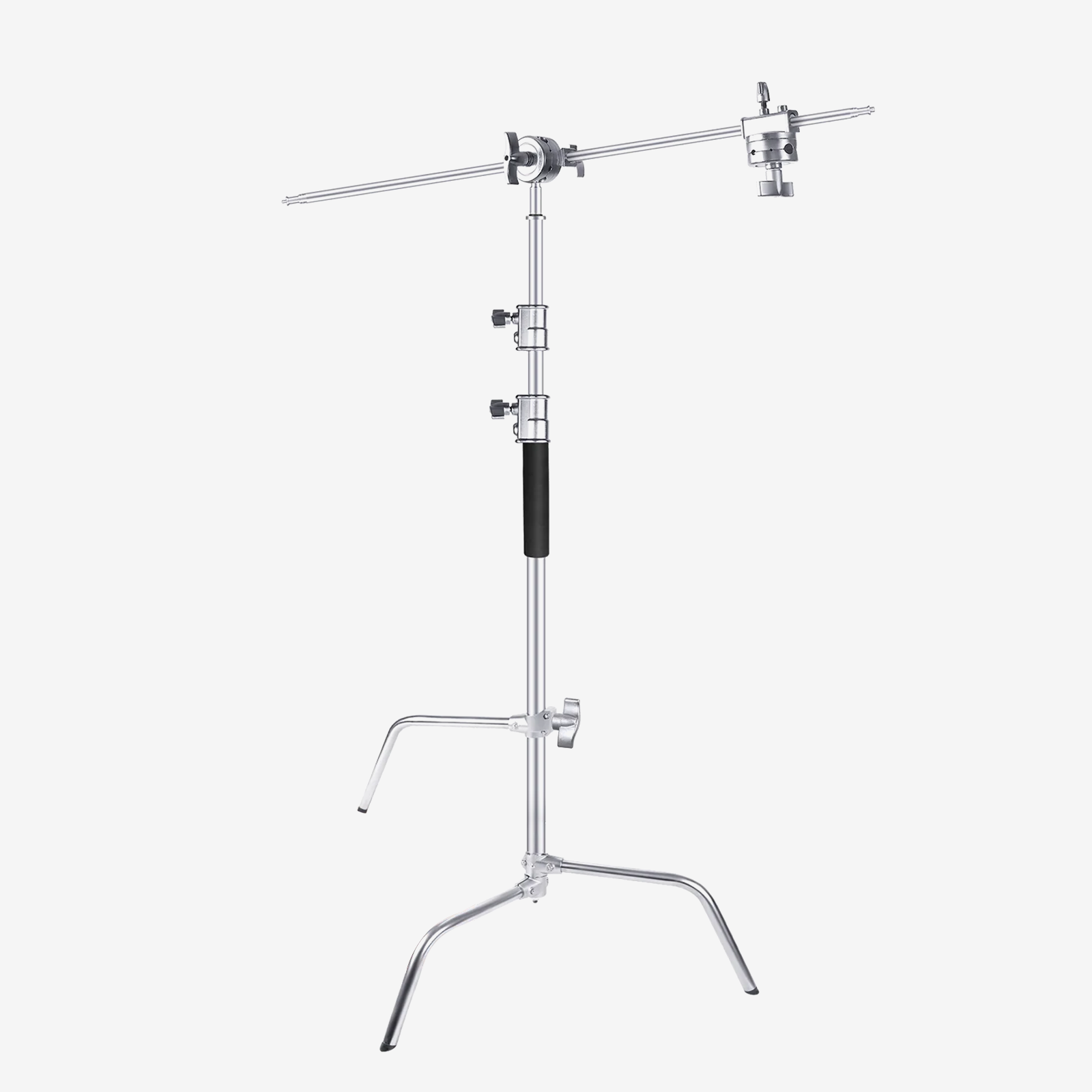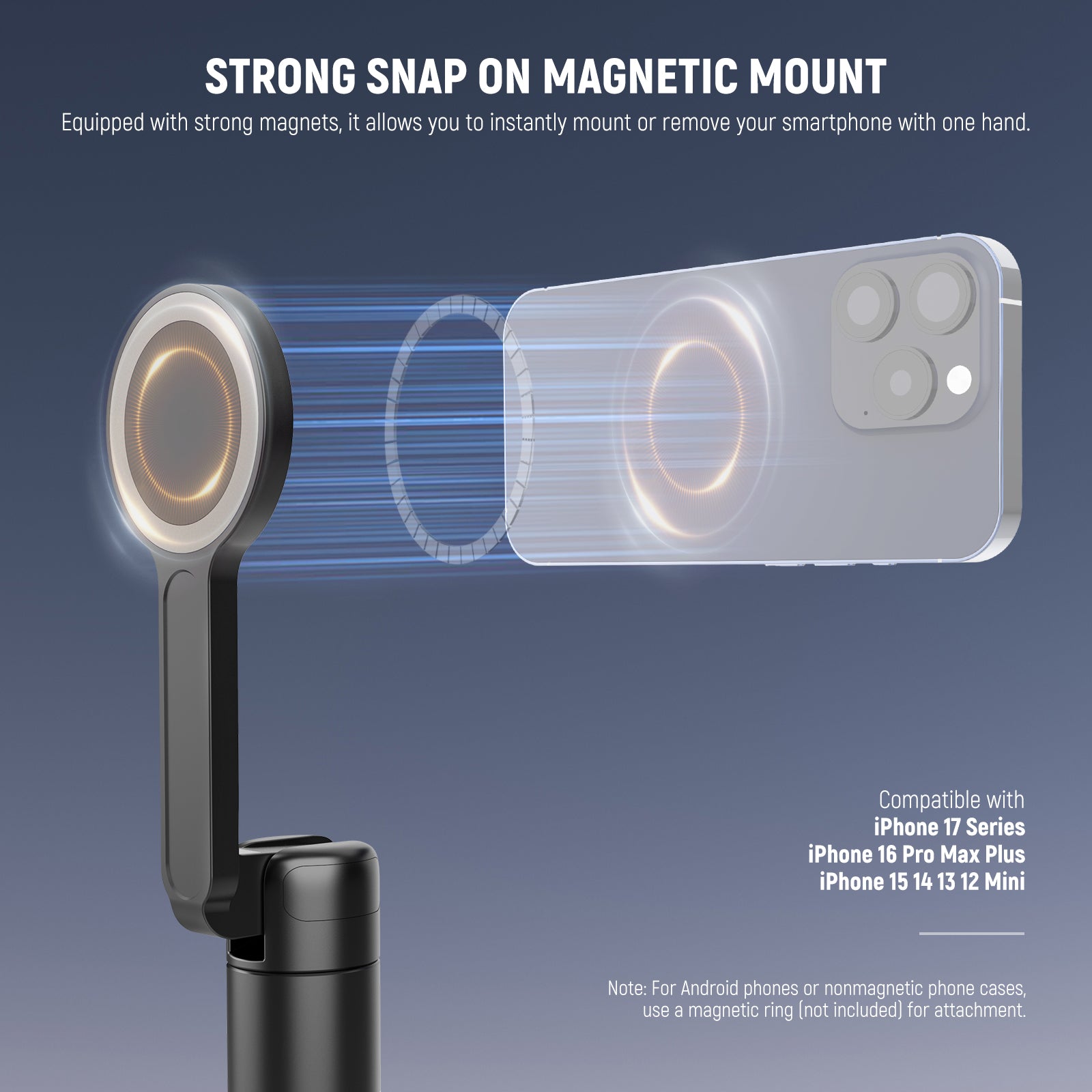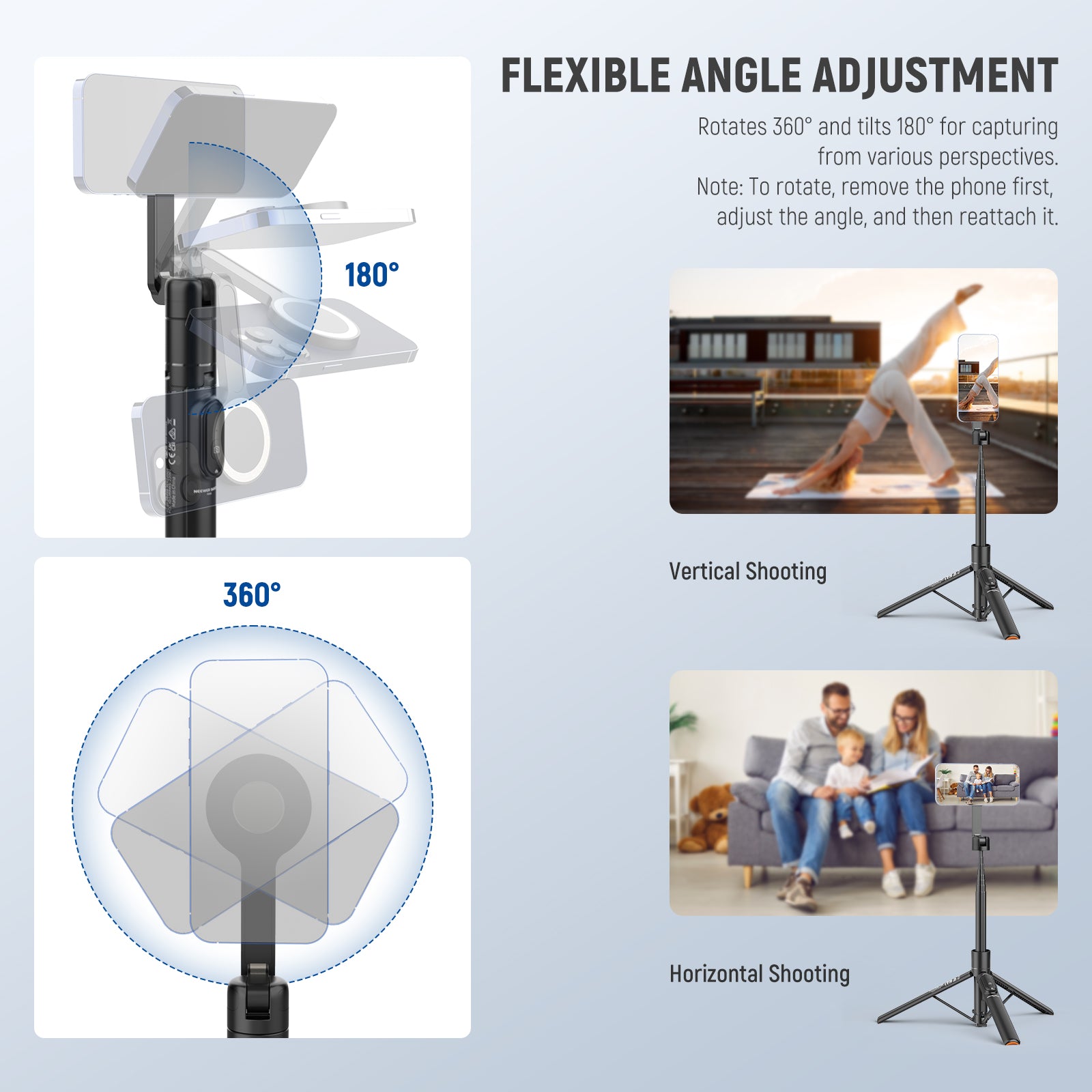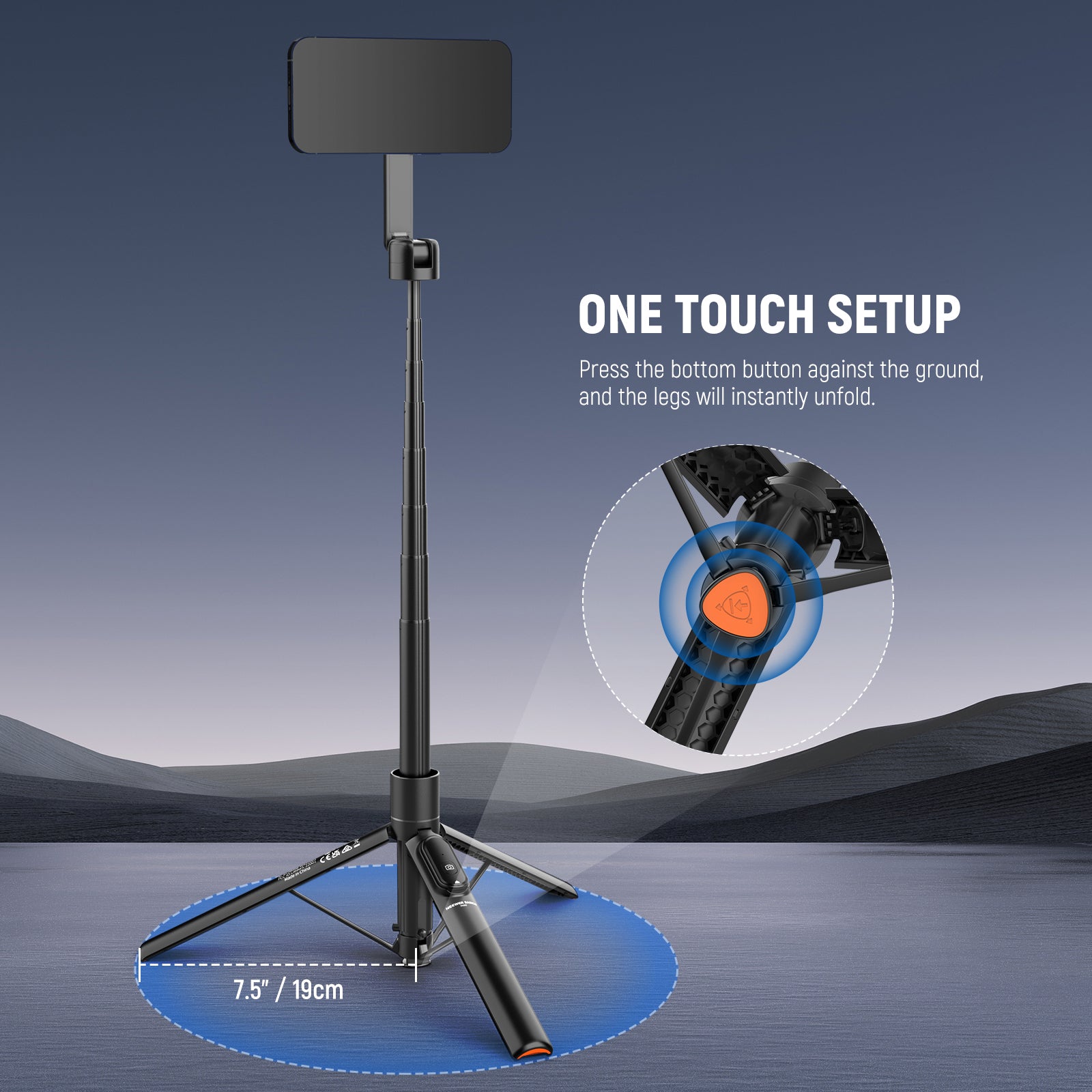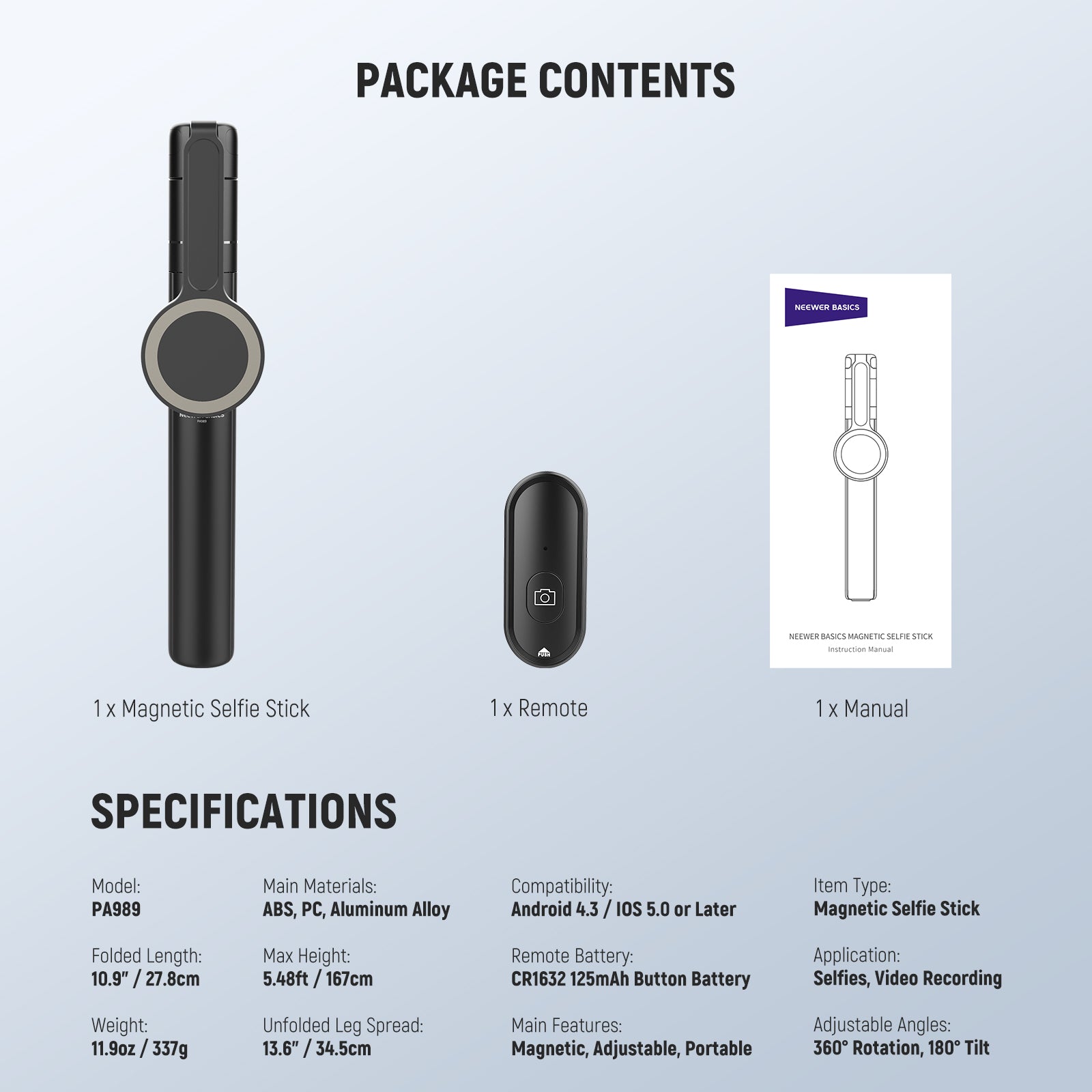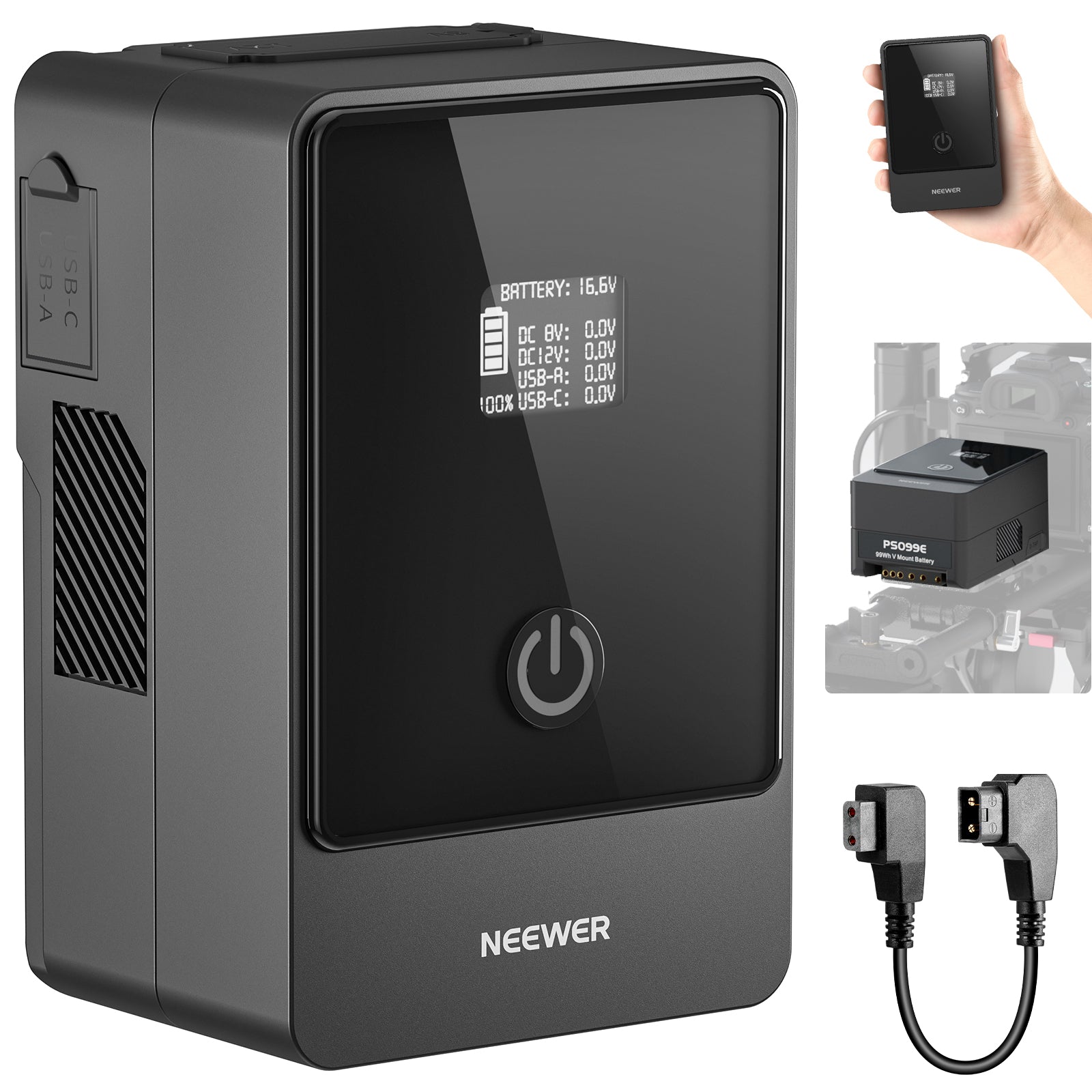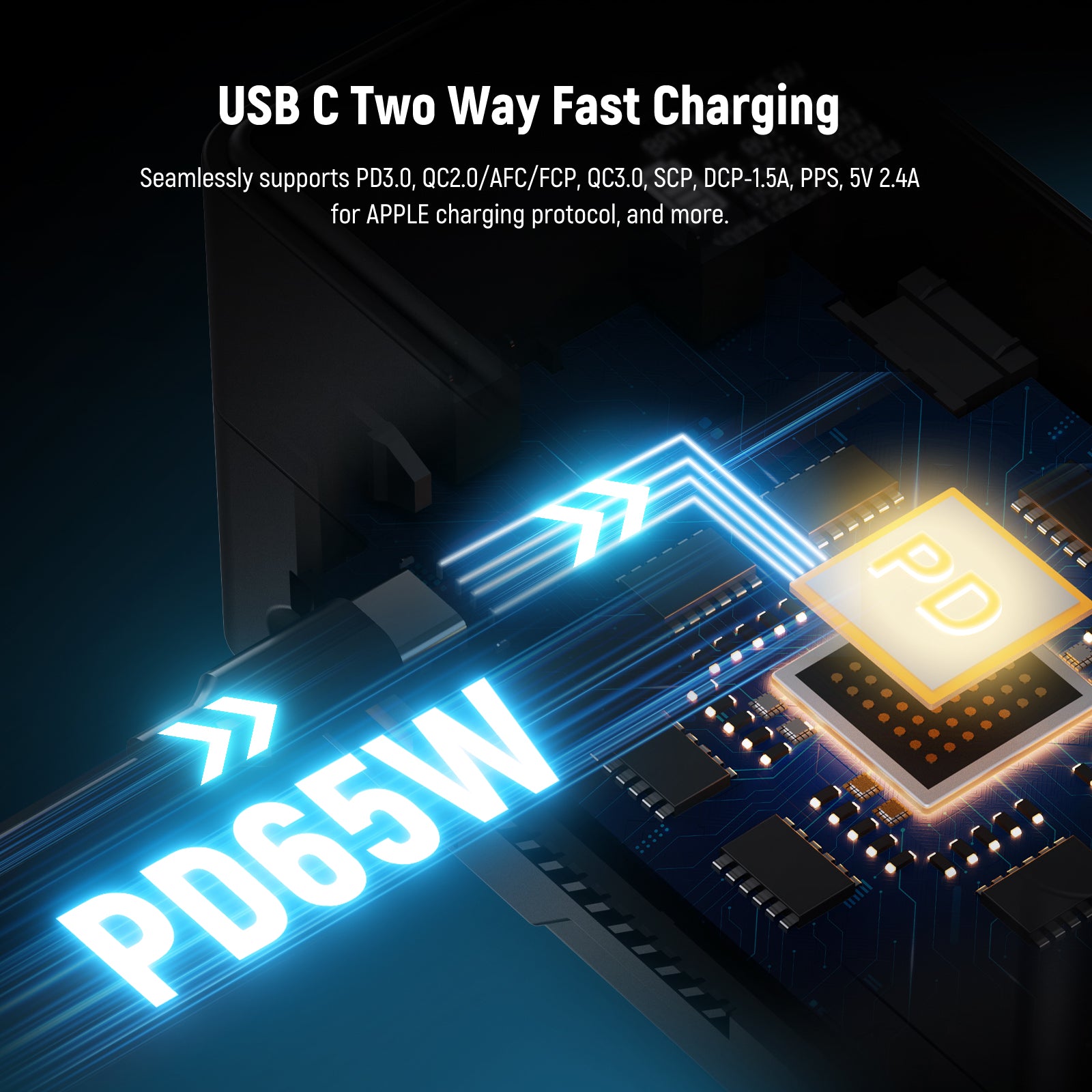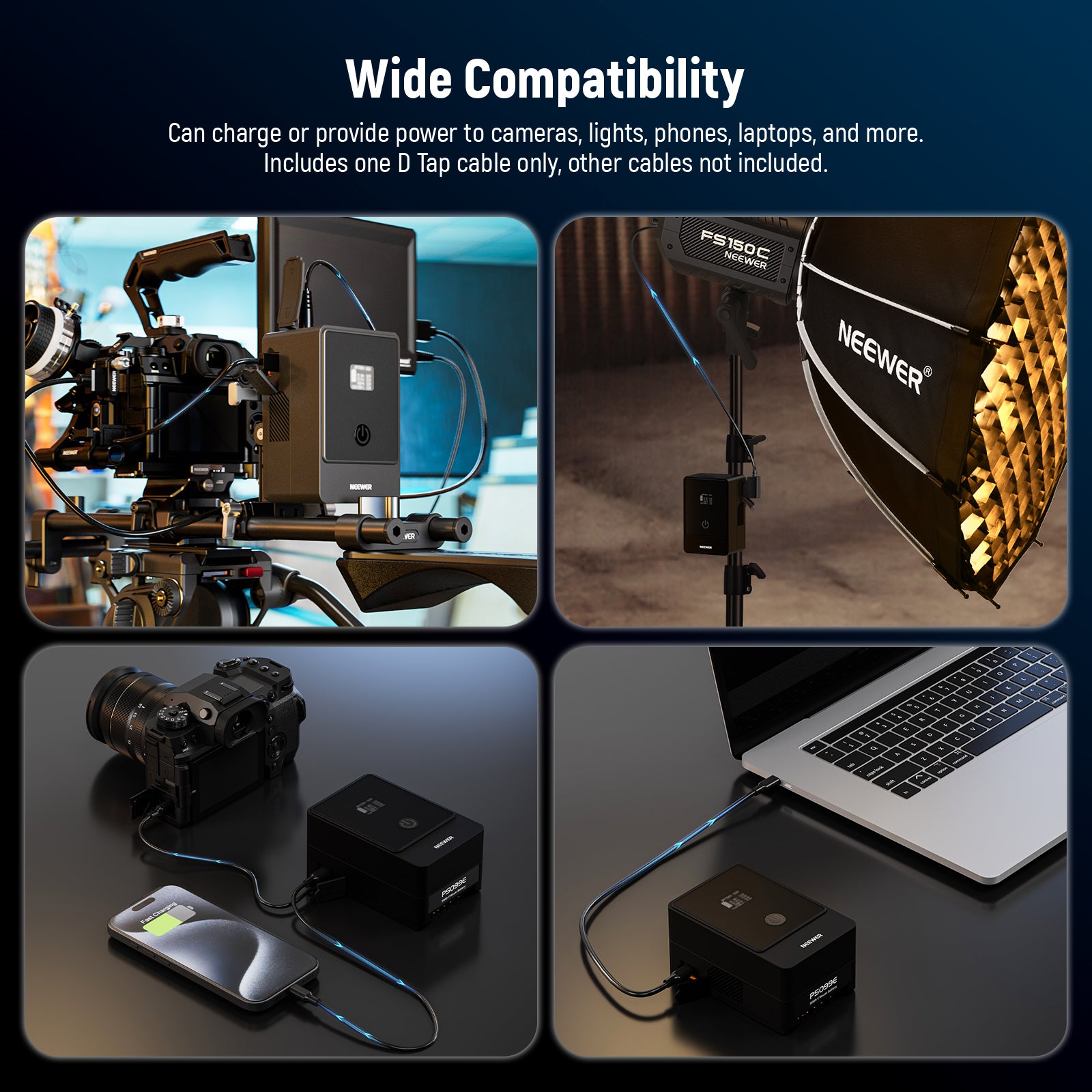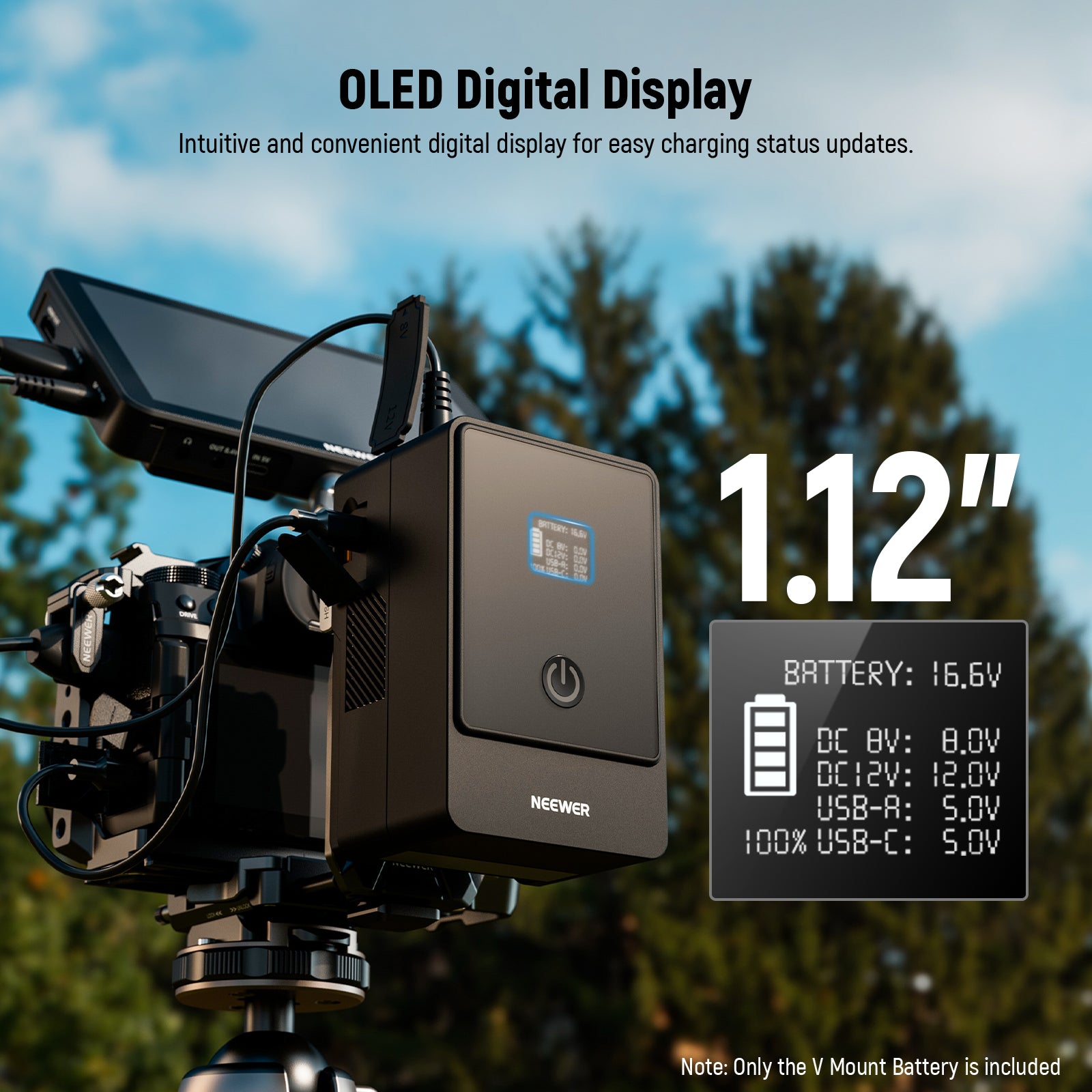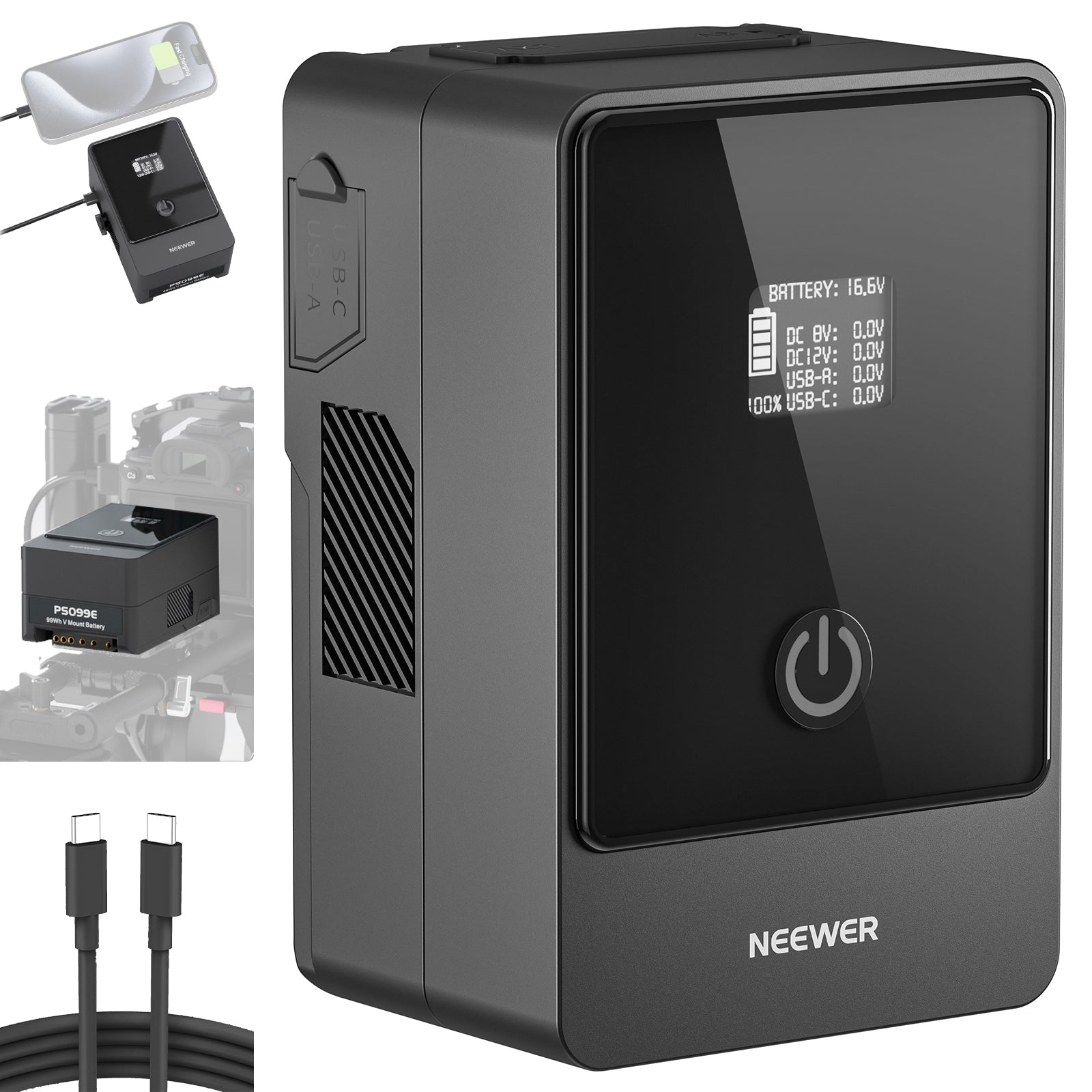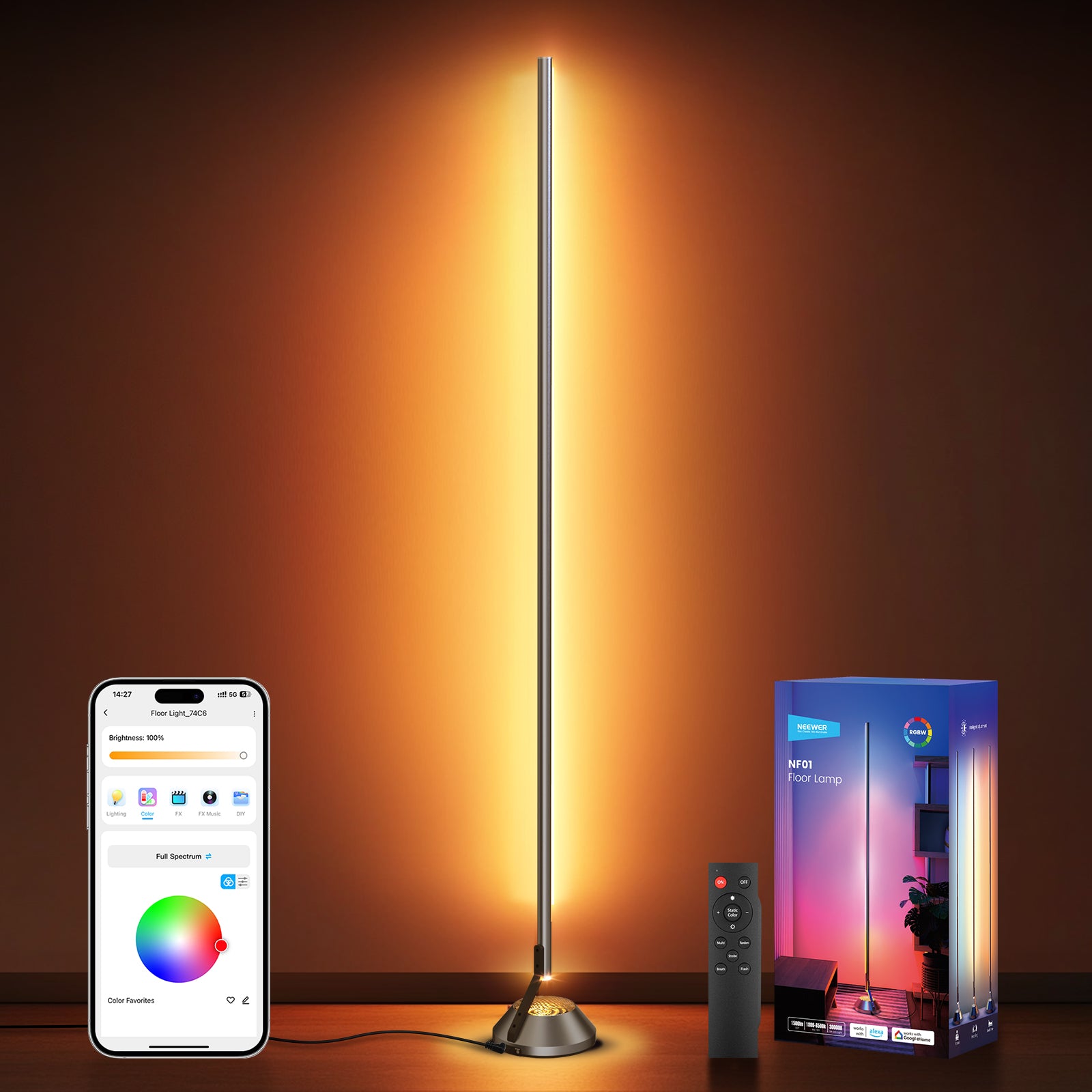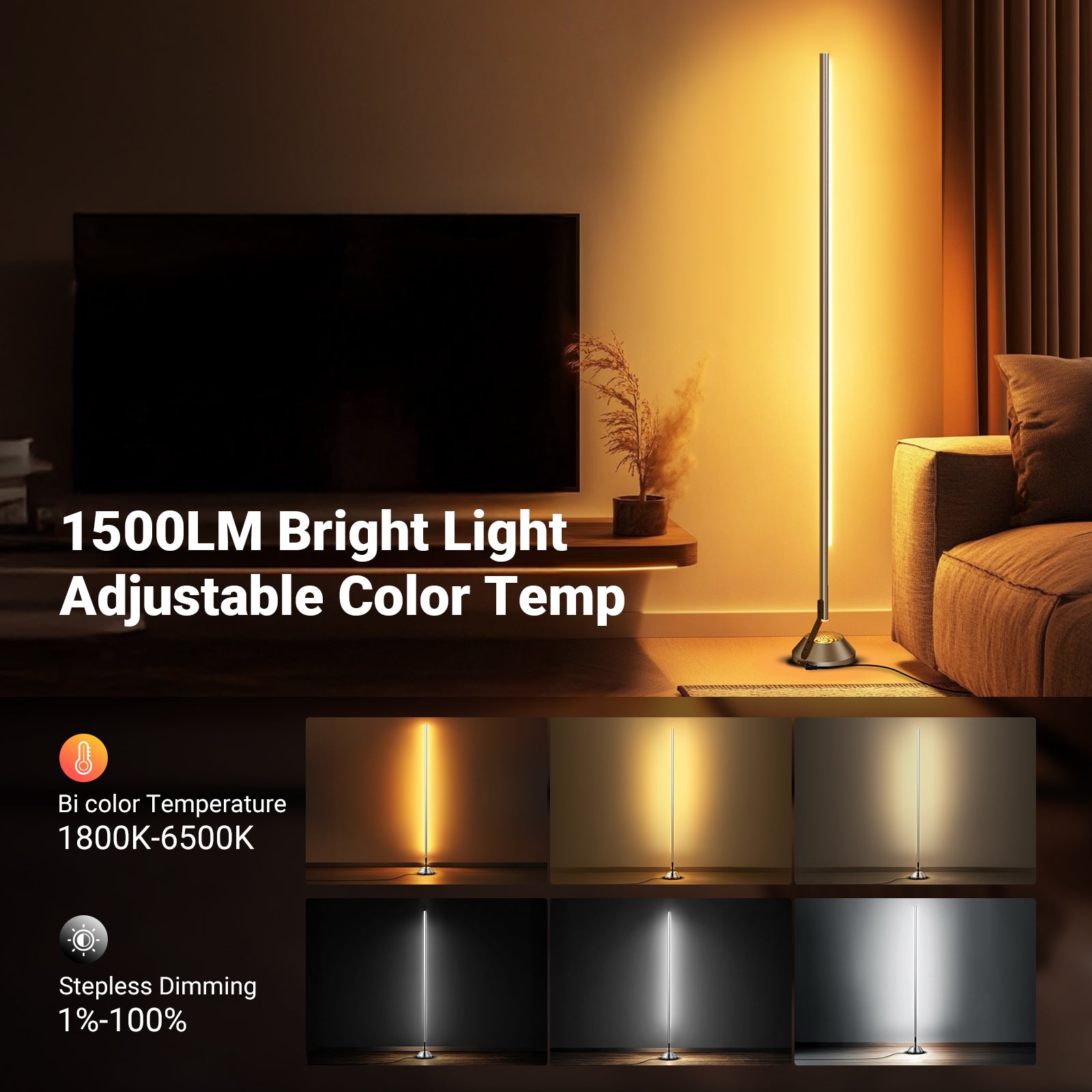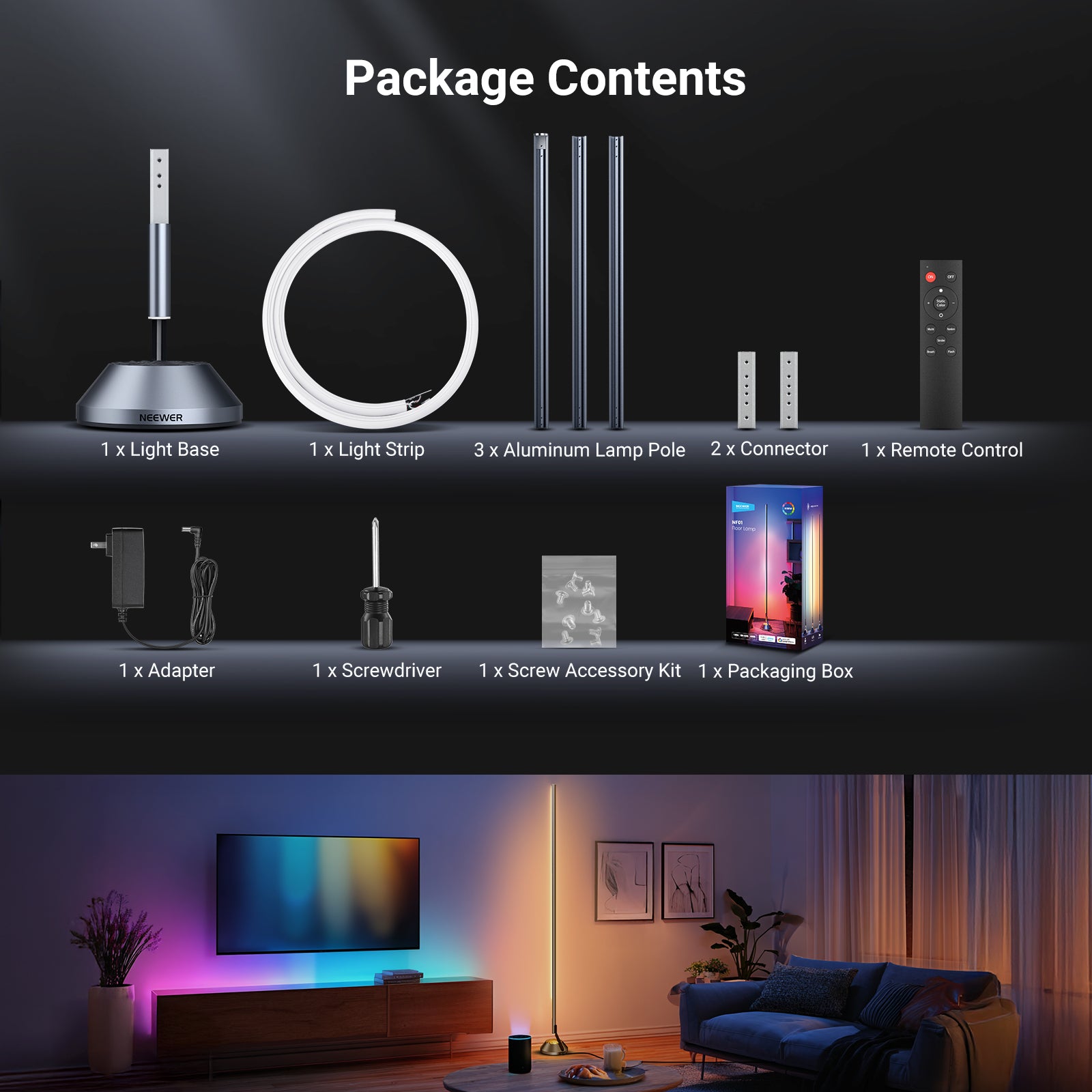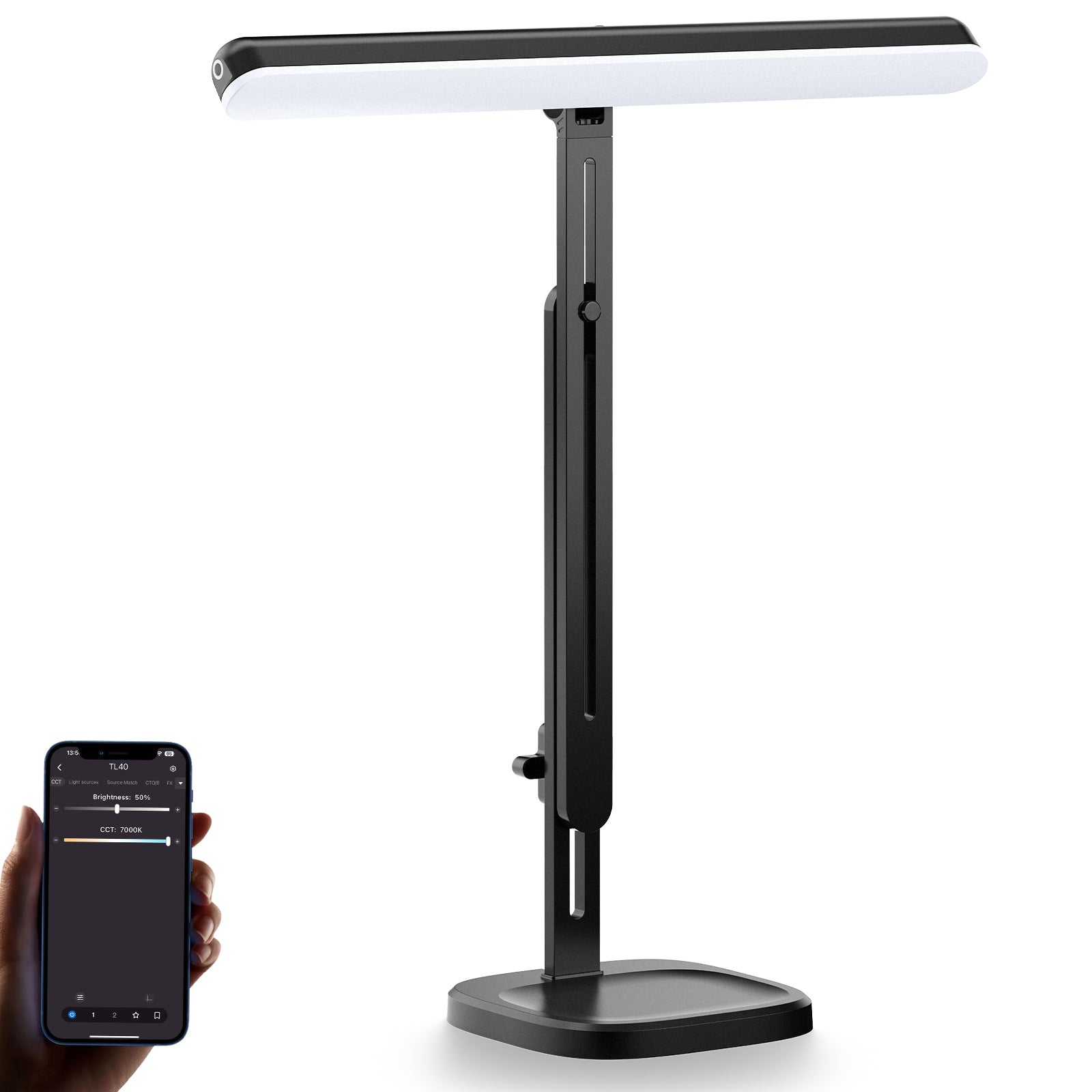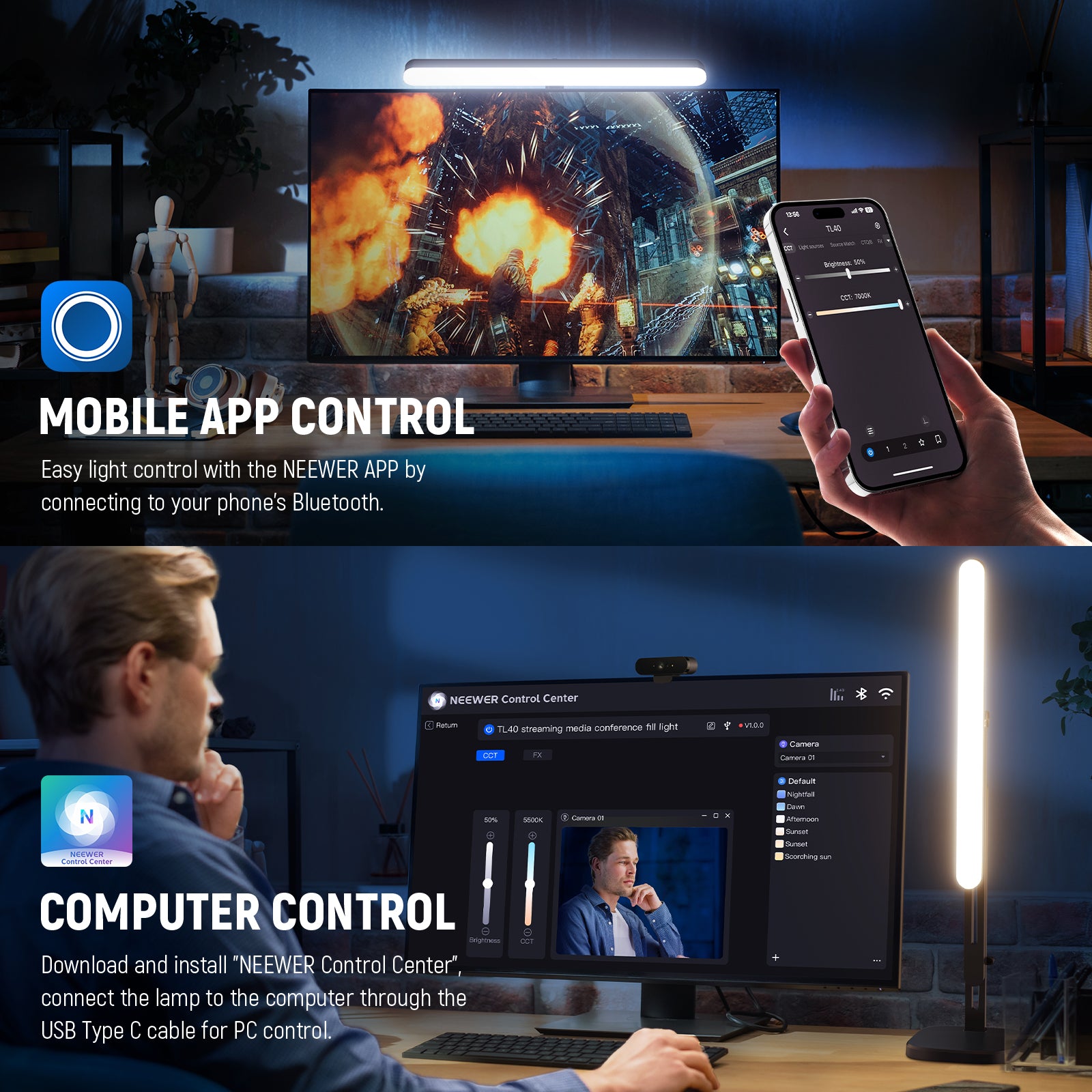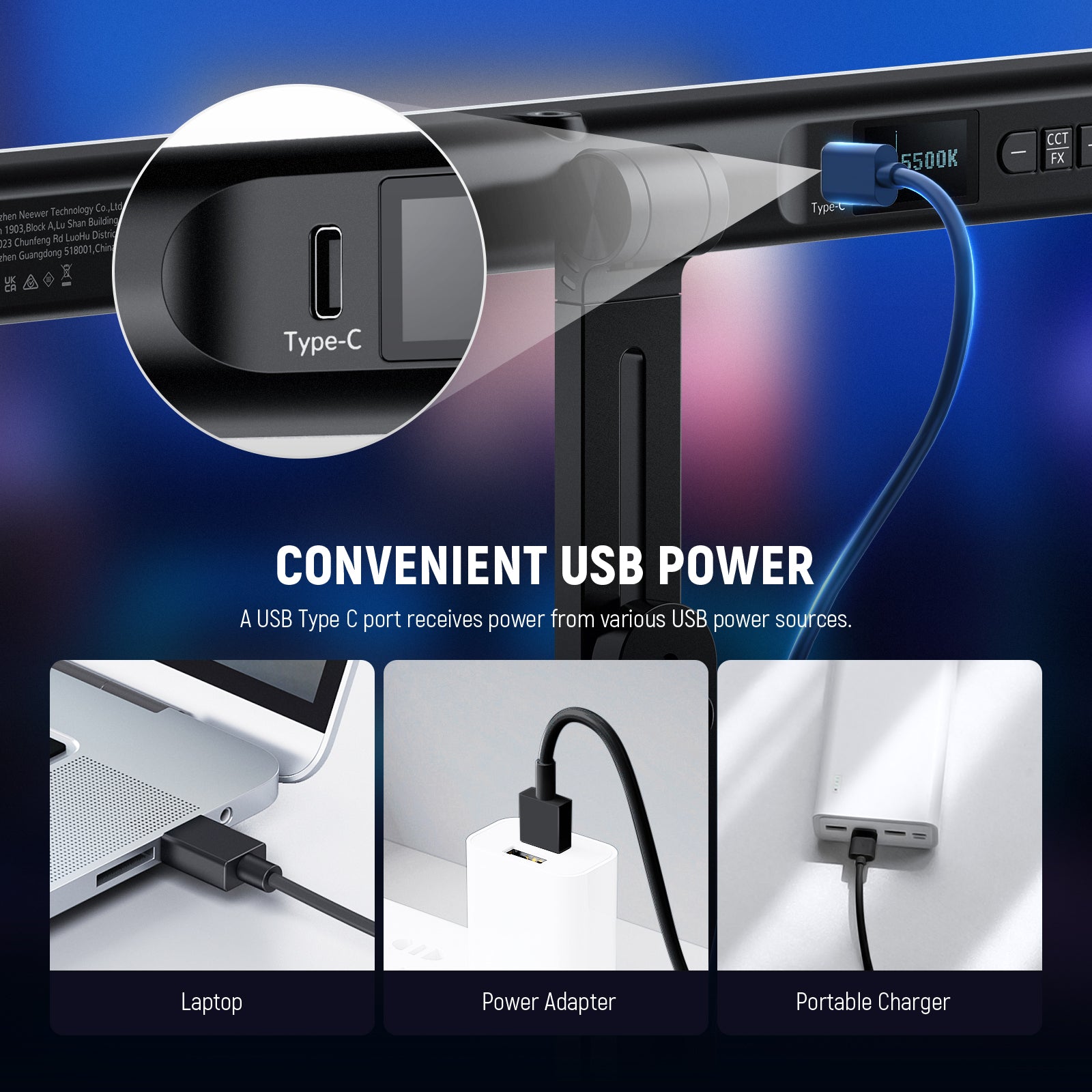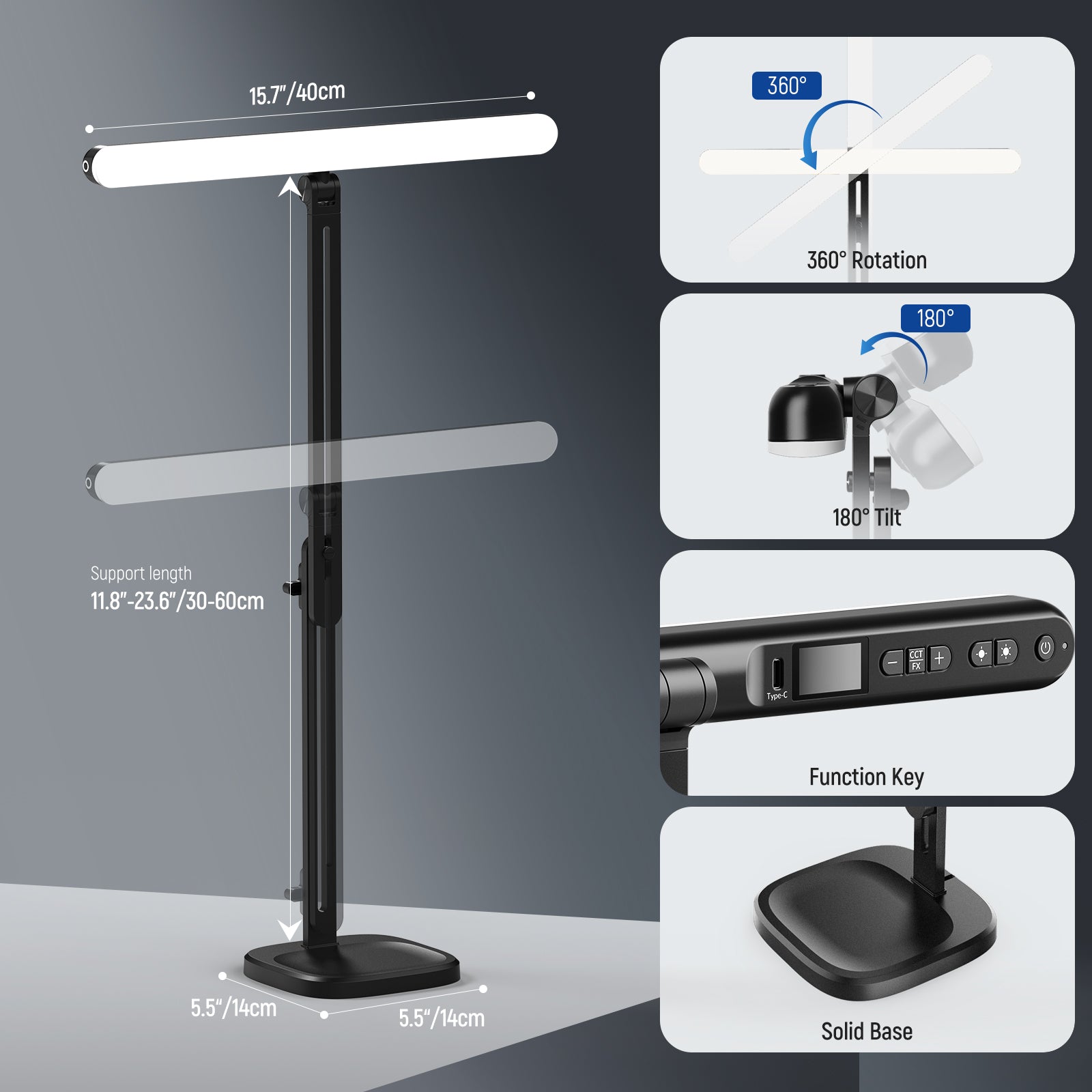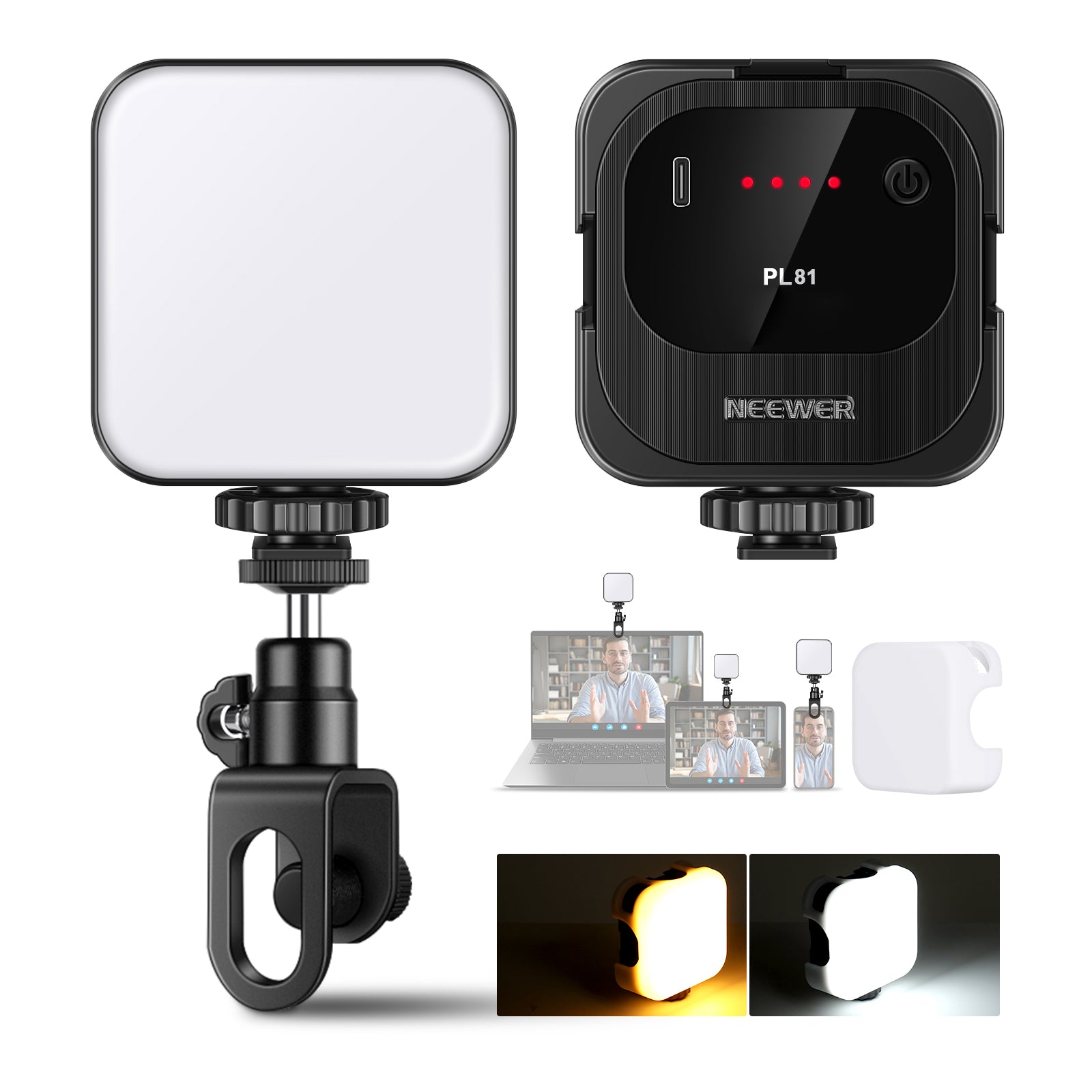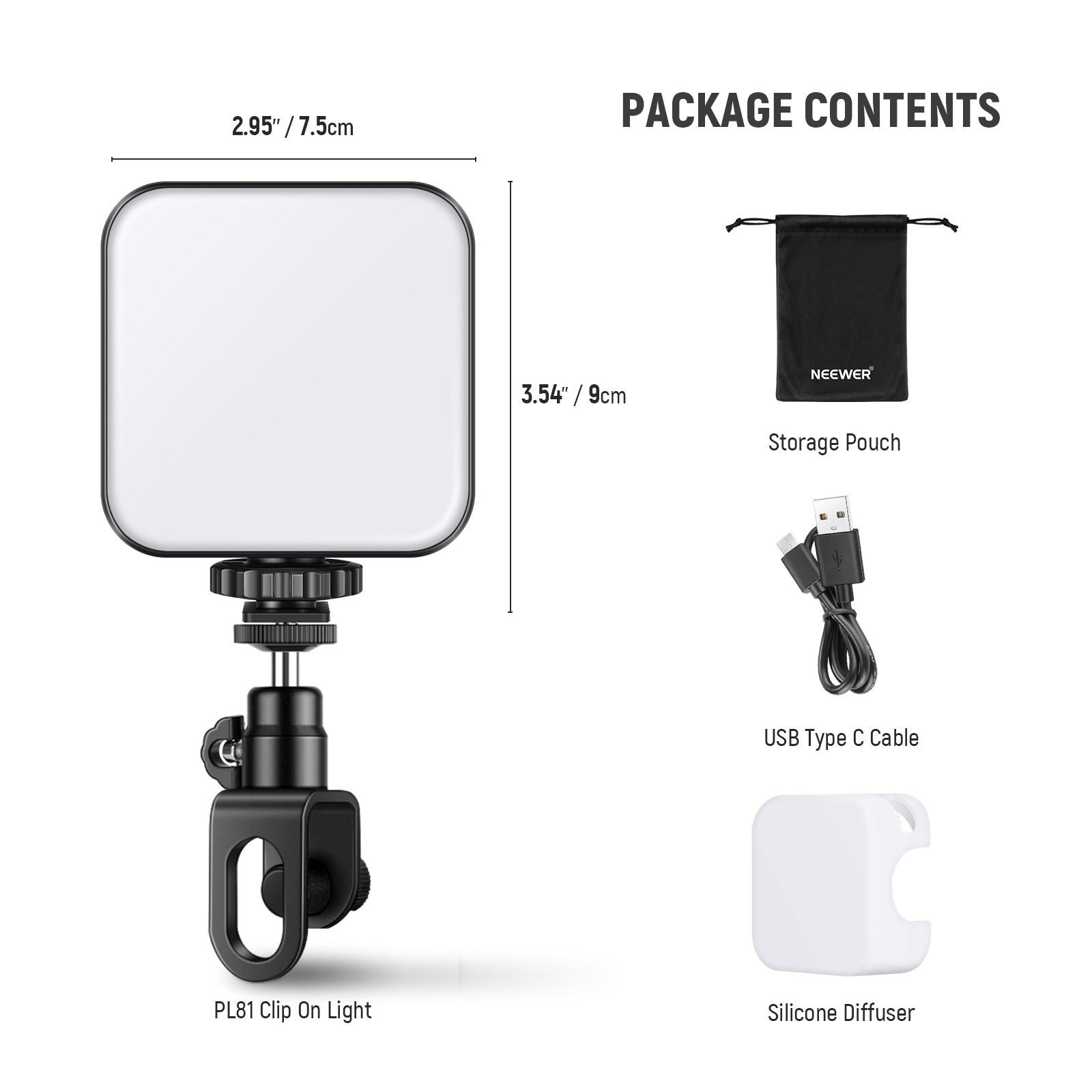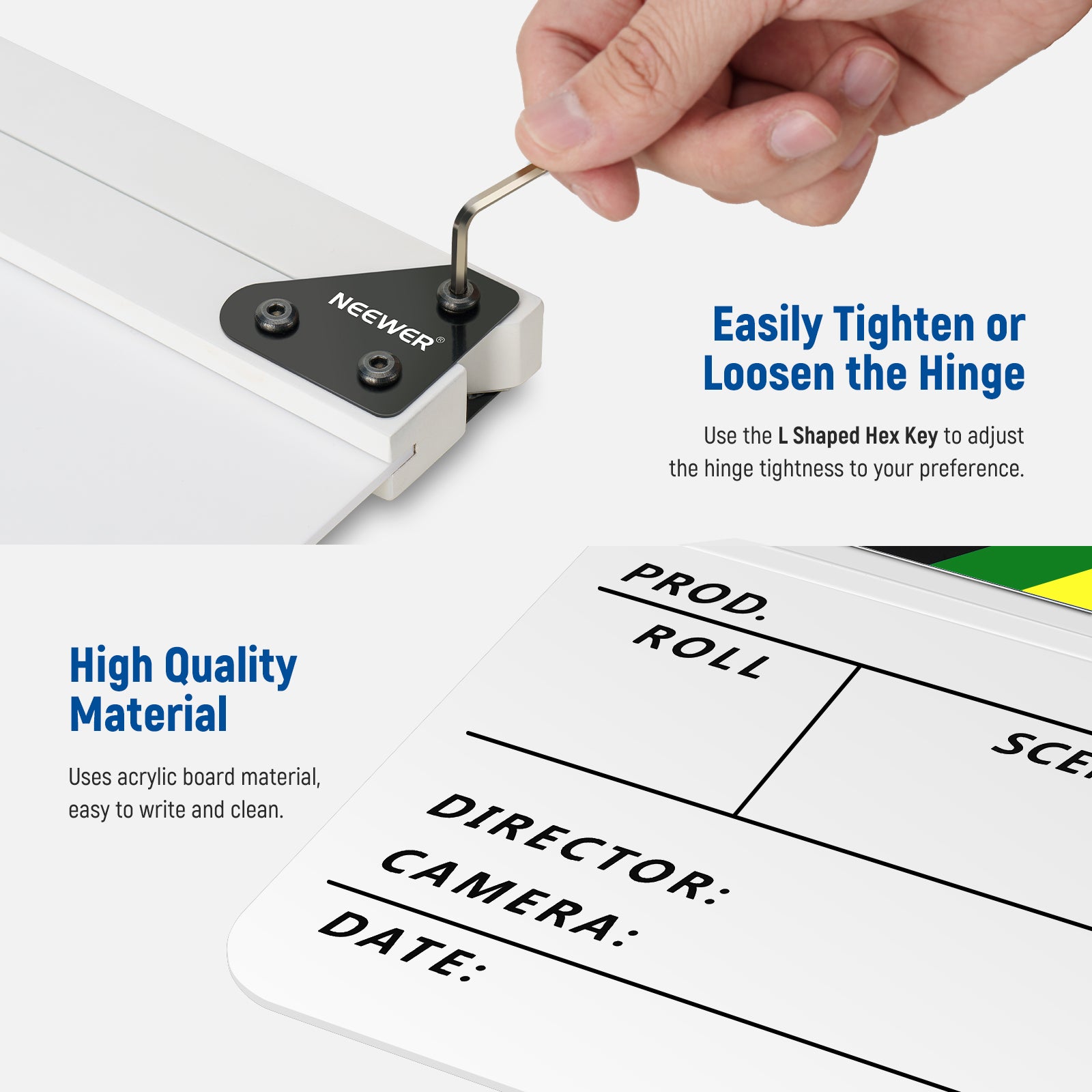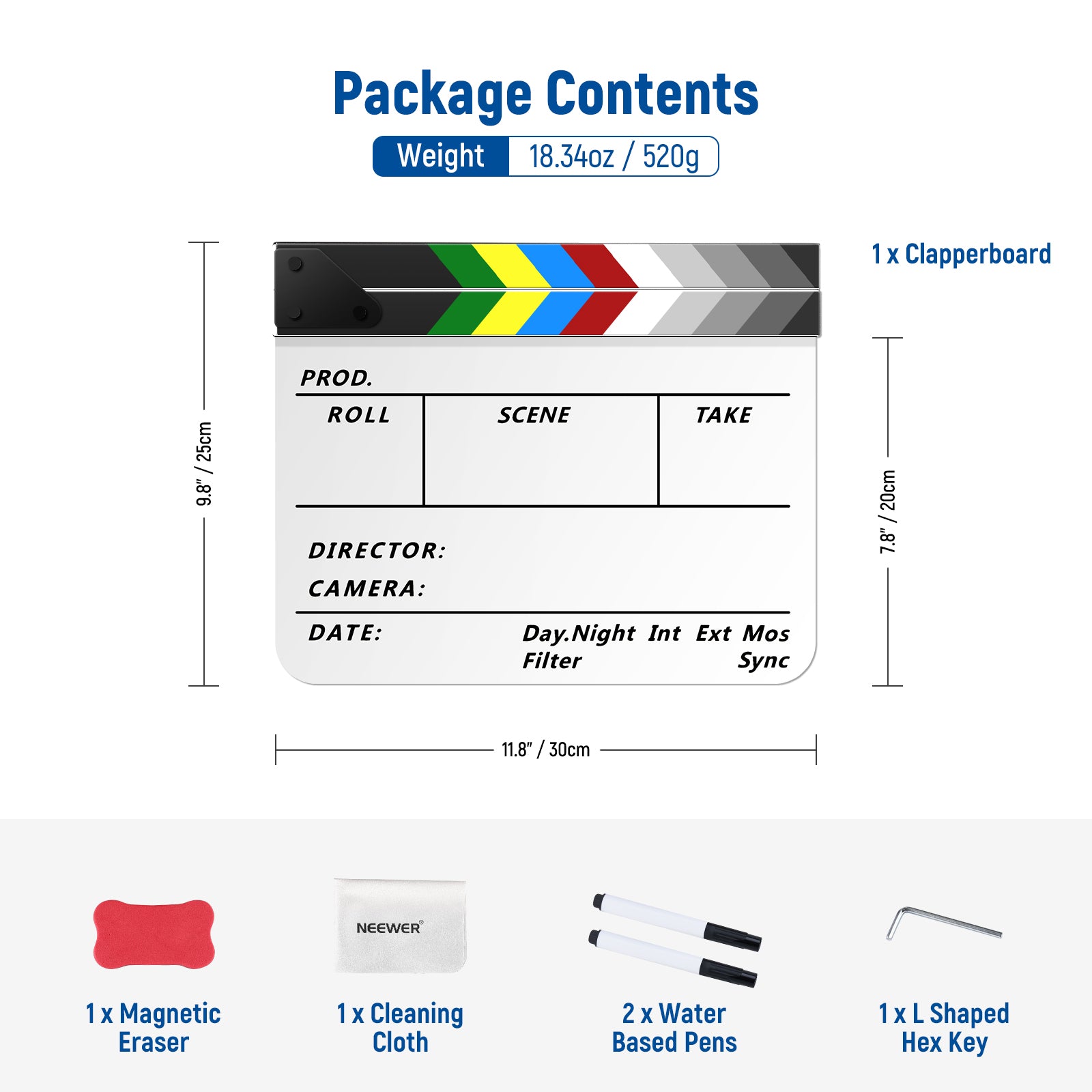Table of Contents
V-Mount Battery has become a good choice for power supply in professional film and TV production due to its large capacity, stable voltage output, and fast hot-swappable design - the unique V-shape slot can be disassembled and reassembled in 1 second, which can support the continuous work of high power-consuming equipments such as cameras, video lights, etc., and extend power supply through the D-Tap interface, which is an efficient and reliable power solution for film and TV sets. It is an efficient and reliable power solution for film sets.
This post has compiled a list of frequently asked questions about V-mount batteries that we believe will help you.
What Is a V-Mount Battery?

V-mount battery is a rechargeable lithium battery commonly used in professional film and television equipment. The main feature is the use of a standardized V interface (with metal card slot), with high capacity, high power output, and quick disassembly design. The main role is to provide stable power for professional cameras (such as ARRI, RED), film and television lighting (such as high-power LED lights), and other equipment, supporting hot-swappable replacement, suitable for long-time shooting or on-set high-intensity use.
How Long Do V-Mount Batteries Last?

V-mount battery life depends on a number of factors, including cell type, brand quality, frequency of use, charging and discharging methods, and maintenance. Generally speaking, under normal use, V batteries can be used for about 300~500 cycles and can last for 2-5 years.
If you want to extend the life of your V-mount battery, you need to avoid over-discharging it and store it in a dry environment at 10-25°, all of which can help to slow down its depletion.
How to Charge a V-Mount Battery?

- Choosing a charger: you must use a compatible V-port special charger and make sure the voltage matches
- Connecting the battery: make sure the metal contacts are clean and in good contact, and place it in a cool and ventilated place when charging
- Choosing a charging mode: choose the fast-charging mode when you need to use it in emergencies; we recommend using the standard mode in daily life to minimize the wear and tear
- Charging is complete: remove the battery in time when it is fully charged, and do not plug in the charger for a long period of time. Do a complete charge/discharge every three months
Tips: Charge to 50% when storing for a long time; avoid charging when the battery is below 20%.
Can You Bring a V-Mount Battery on a Plane?

V-mount batteries can be carried on airplanes but must comply with aviation safety regulations. All V-batteries must be carried on board and cannot be checked in. Generally speaking, batteries under 100Wh can be boarded directly, while batteries of 100-160Wh need to be reported to the airline in advance and will be limited in quantity.
If you want to carry a V-mount battery on the airplane, you need to secure it in a device or store it in a battery compartment. Also, you need to make sure the battery has a clear capacity label.
What Is the Largest V-Mount Battery Allowed on a Plane?

The largest V-mount battery allowed on a passenger airplane is 160Wh. According to FAA and TSA regulations, you can bring up to two spare batteries in the 100–160Wh range in your carry-on luggage only — not checked bags. Batteries under 100Wh are even easier to travel with and can be brought in larger quantities, as long as they’re for personal or professional use. Any V-mount battery over 160Wh is strictly prohibited on commercial flights and must be shipped as hazardous cargo. If you're a traveling filmmaker or photographer, it's best to use multiple compact 98Wh or 150Wh V-mounts to stay compliant while maintaining adequate power for your gear. Always store batteries safely and clearly label their capacity in Wh to avoid delays at security checkpoints.
V-Mount Battery vs. Power Bank
|
Feature |
V-Mount Battery |
Power Bank |
|
Primary Use |
Cameras, lights, monitors, field gear |
Phones, tablets, USB devices |
|
Voltage Output |
14.4V standard (some offer 12V, 7.4V, D-Tap, etc.) |
5V (standard USB), sometimes 9V or 12V via USB-C PD |
|
Capacity (Wh) |
45Wh – 300Wh+ |
Usually 10Wh – 100Wh |
|
Output Ports |
D-Tap, USB, P-Tap, 2-pin, 3-pin, regulated outputs |
USB-A, USB-C, some with AC outlets |
|
Mounting Options |
V-Lock plate systems on cameras, rigs, or lights |
None; designed for handheld or bag use |
|
Battery Chemistry |
Lithium-Ion packs for high draw and reliability |
Also Li-Ion, but lower discharge rate |
|
Regulatory Limits (Travel) |
Up to 160Wh (2 spares max in carry-on) |
Up to 100Wh freely, 100–160Wh limit applies |
V-Mount vs. Gold Mount Battery
Functionally, V-mount battery and gold mount battery do the same job — it's the physical mount and ecosystem that differ. Many power accessories (like chargers, adapters, and plates) are mount-specific, so it’s best to pick a system and stick with it for compatibility across your rig.
V-Mount is the more flexible, globally adopted, and budget-friendly choice, while Gold Mount offers unmatched durability and is favored in professional broadcast settings. Your choice should match your gear, workflow, and shooting conditions.
V-Mount Battery: NEEWER vs. Other Brands
|
NEEWER |
Other Brands |
|
Large display screen |
No digital display |
|
Ports on both sides, reducing accidental unplugging |
Ports are all on one side |
|
Passed durability tests of over 3,000+ plugs |
Ports loosen over time |
|
Designed with anti-slip grips |
Difficult to hold securely |

